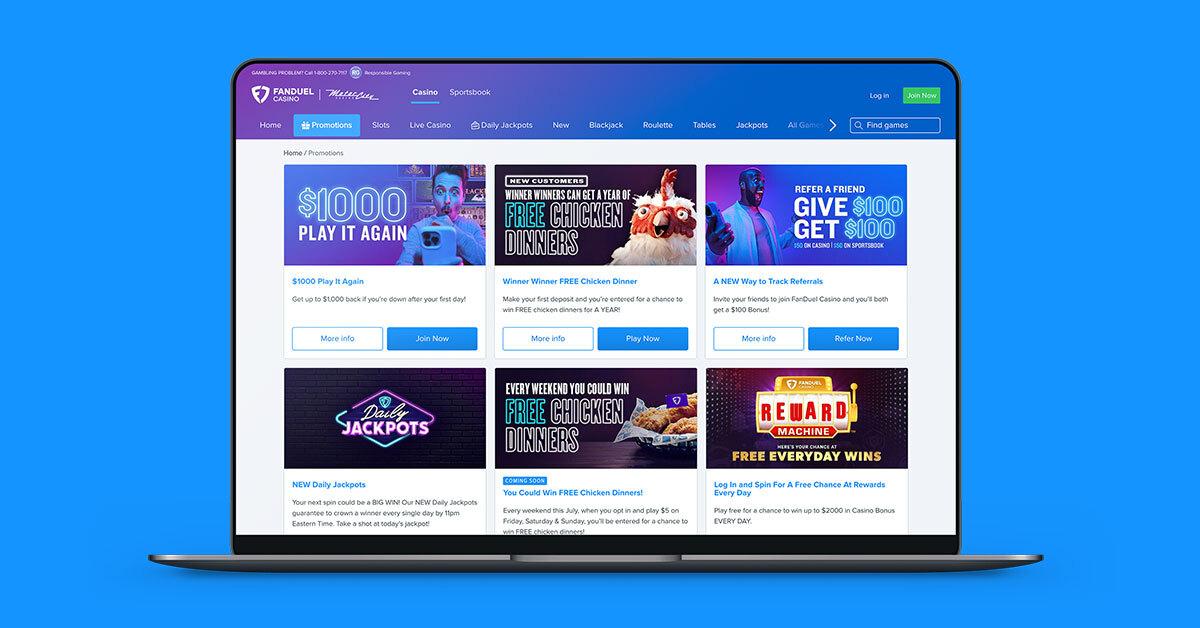If you aim to enhance your server-side JavaScript skills, consider mastering NestJS. With a growing community of over 50,000 GitHub stars, this framework has gained traction Web development for its robustness and scalability, making it a choice for building enterprise-level applications. Discover essential performance optimization tips for deploying your NestJS applications to enhance speed, efficiency, and user experience. Explore a comprehensive guide on integrating third-party middleware into your NestJS applications to enhance functionality and streamline development. Perfect for both industry veterans and those passionate about making a difference through technology, our collection provides essential insights and knowledge.
A Developer’s Quick Guide to Soft Skills
You might find it beneficial to hire immersive designers who can help improve the interface and experience of your application. If the debugging process becomes too complex or overwhelming, consider reaching out to seasoned professionals. You can hire freelance developers who specialize in NestJS to assist with persistently challenging bugs. Having too many injectables can clutter your modules and make them harder to maintain. Aim for a maximum of five to six providers per module to maintain clarity. This reduces the cognitive load and allows for easier debugging and refactoring.
Using Pipes and Interceptors
Implement static analysis tools to catch errors during the coding phase and minimize runtime issues. Automated testing is invaluable–ensure unit and integration tests cover critical paths in your application. Remember to maintain updated documentation throughout your development process. This practice aids in clarifying design choices and assists in reducing confusion during debugging. Group files by features instead of types, which enhances clarity and makes it easier to Strong Junior/Middle Nest.js developer job locate files as the project grows. A recommended structure includes directories like ‚users‘, ‚auth‘, ‚products‘, and ‚orders‘, each containing relevant service, controller, and DTO (Data Transfer Object) files.
- Dive into our selected range of articles and case studies, emphasizing our dedication to fostering inclusivity within software development.
- A report highlighted that 38% of developers consider testing as a major pain point.
- By leveraging providers, developers can instantiate and manage the lifecycle of service instances easily.
- Regularly audit third-party libraries for security vulnerabilities and maintain updated versions as part of best practices in software development.
- Instead, you need to utilize a method called configure() within the module class.
- For logging, consider using morgan, which can track request-response metrics in real-time, granting insights into application performance.
- Stick to conventional naming and structural patterns to ensure team collaboration stays smooth.
Middle Node.js Developer
- Utilizing technologies like sharding or micro-databases can assist in managing large datasets.
- Controllers receive incoming requests, process them, and return responses.
- Middleware operates on the request-response cycle, allowing you to modify the request or response before they reach your route handlers.
- For instance, using the transient scope for services that store state can significantly reduce memory usage.
This design pattern eases management and enhances scalability by allowing you to feature encapsulation and reuse. According to a recent survey, 68% of developers cite modularity as a key factor in their framework choice, highlighting its significance in today’s programming practices. Utilize specific built-in middleware, such as body-parser for JSON data processing, to streamline data handling, which can improve request processing time by up to 30%. For logging, consider using morgan, which can track request-response metrics in real-time, granting insights into application performance. https://wizardsdev.com/en/vacancy/project-manager/ Incorporating these key components thoughtfully can significantly enhance an application’s performance and maintainability.
- If you aim to enhance your server-side JavaScript skills, consider mastering NestJS.
- The OWASP Top Ten lists common vulnerabilities such as SQL injection and cross-site scripting, which can be mitigated through careful implementation of guards and interceptors in NestJS.
- The transition requires a combination of technical skills, soft skills, and a commitment to continuous learning and improvement.
- Explore a comprehensive guide on integrating third-party middleware into your NestJS applications to enhance functionality and streamline development.
- Configure middleware globally or on specific routes depending on application needs.
- The essential part of a middleware is the next() function, which should be called after at the end to ensure the application continues running smoothly.
Find clear answers and insights tailored for aspiring developers looking to enhance their skills and understanding. Nodejs is a Javascript framework that runs outside the browser, i.e. to build server-side applications. Developers write controllers, services, and repositories to write a functionality. When structuring your modules, always adhere to the Dependency Inversion Principle.






